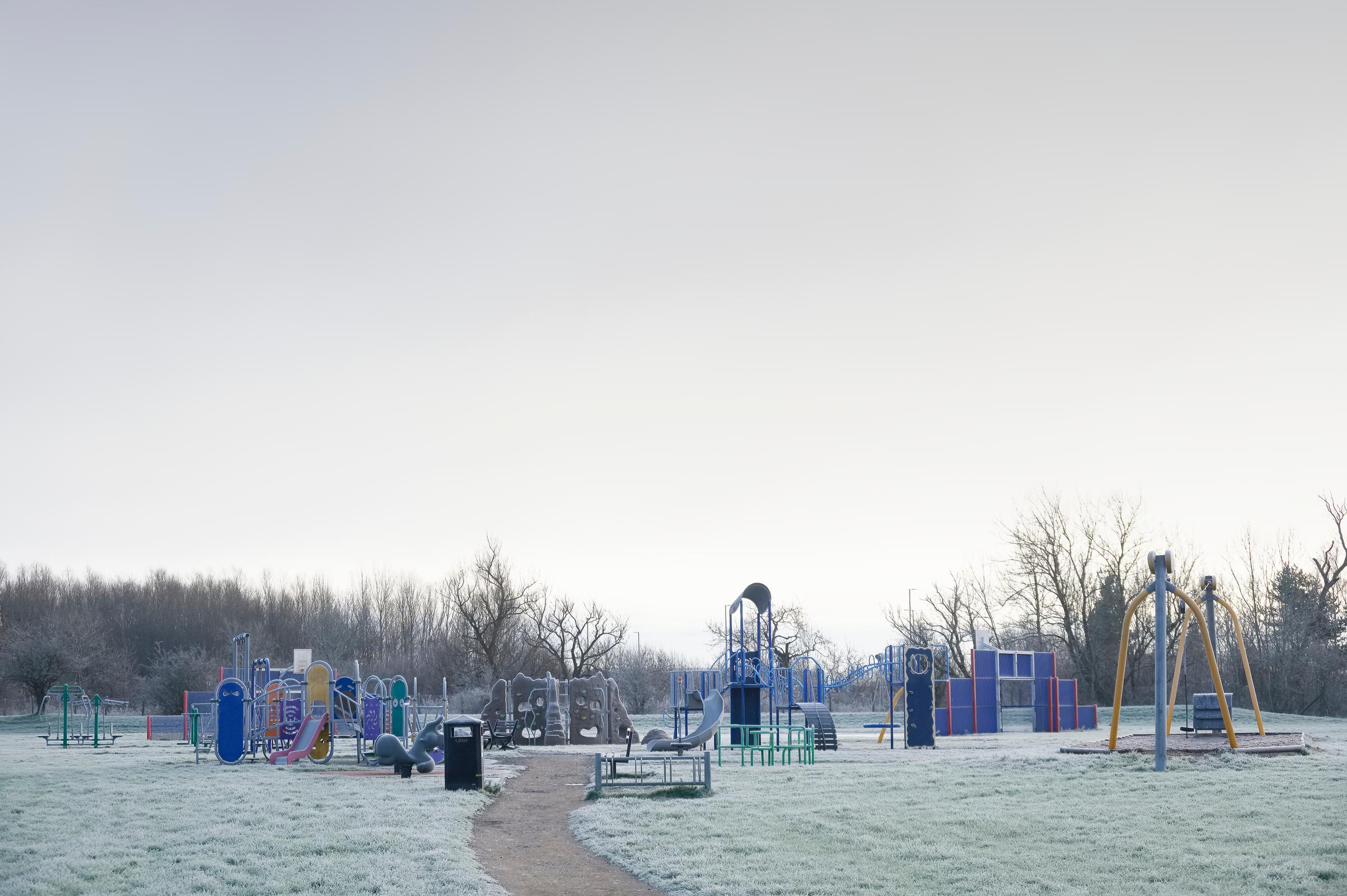Three policies to reduce child poverty this parliament
This briefing sets out which children are at greatest risk of such severe and acute poverty, and what a child poverty strategy must include to address it.

Research, campaigns and opinion pieces on poverty, including how the benefits system, childcare system and high-quality jobs can reduce poverty.
JRF aims to bring about change by offering routes out of poverty for families and their children. We’re working to make sure everyone has access to:
Child poverty remains significantly higher than poverty rates for both working-age and pension-age adults, making it a critical issue to address in tackling poverty overall. Despite the UK being one of the richest countries in the world, around 4.5 million children — 1 in 3 — live in poverty. Children in lone-parent families face an even higher risk, with 4 in 10 living in poverty.
The impact of child poverty is severe, affecting children’s health, wellbeing, and future economic opportunities. Children in poverty are also more likely to experience deeper and more persistent hardship, with around 1 million children facing destitution — the most extreme form of poverty — in 2023.
In 2023/24, 7.9 million working-age adults, 4.5 million children, and 1.9 million pensioners were living in poverty. In 2023/24, among people in families receiving Universal Credit or equivalent benefits, poverty levels were alarmingly high at 44%. However, poverty is not limited to those receiving financial support. Many low-income households do not qualify for means-tested benefits yet still struggle. Over half (39%) of working-age households in the bottom fifth of incomes who are not on benefits are in arrears with at least one household bill, while more than two-thirds (67%) are going without essential items or experiencing food insecurity.